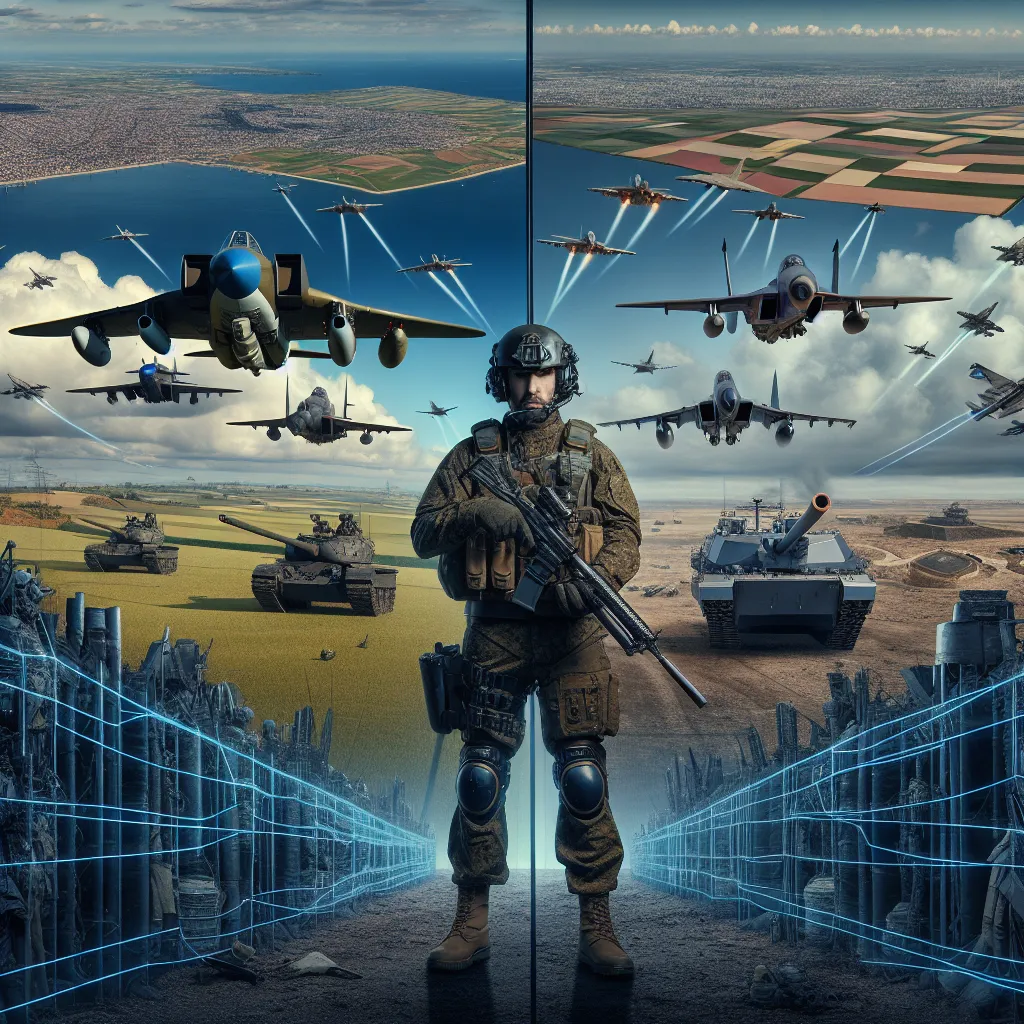A hydraulic leak can leave an aircraft in a sticky situation. Without enough fluid, the actuator can’t do its job, preventing the landing gear from positioning correctly. Instead, it gets jammed awkwardly against its door. Normally, when the hydraulic system fails, pilots rely on an alternate system that uses gravity and air pressure to drop the wheels and lock them into place.
However, in this tense scenario, when the captain activated the alternate system, nothing happened. This unpredictability would surely have made the flight crew uneasy, as there’s no rehearsed plan for when the landing gear doesn’t cooperate.
Faced with this problem, the captain had no choice but to proceed with the landing. With only three of the four main landing gear operational, the uneven weight distribution could cause major issues. This made center of gravity a critical consideration. For a stable landing, the aircraft’s weight must be balanced correctly. Large planes are heavy and have sizable undercarriage systems, essential for bearing the weight evenly. With a part of the landing gear non-functional, the risk was one side carrying more weight than the other.
To counteract this, the captain instructed all passengers to move to the left-hand side of the plane to shift the center of gravity. This strategic move was necessary to keep the aircraft from tipping over upon landing, highlighting just how vital seating arrangements and weight balance are for flight safety.
As the flight crew prepared the passengers for a rough landing, they meticulously went over emergency protocols. In case of an emergency evacuation, passengers were informed they might hear the command “Evacuate, evacuate, evacuate.” Training and instincts in such situations focus on ensuring passenger safety.
Despite the efforts, the plane hit the runway hard, landing with an unmissable thud and leaning heavily to one side. The 747 came to a stop, marking the end of a tense episode where training, quick thinking, and gravity did their best to manage a safely unplanned scenario.






